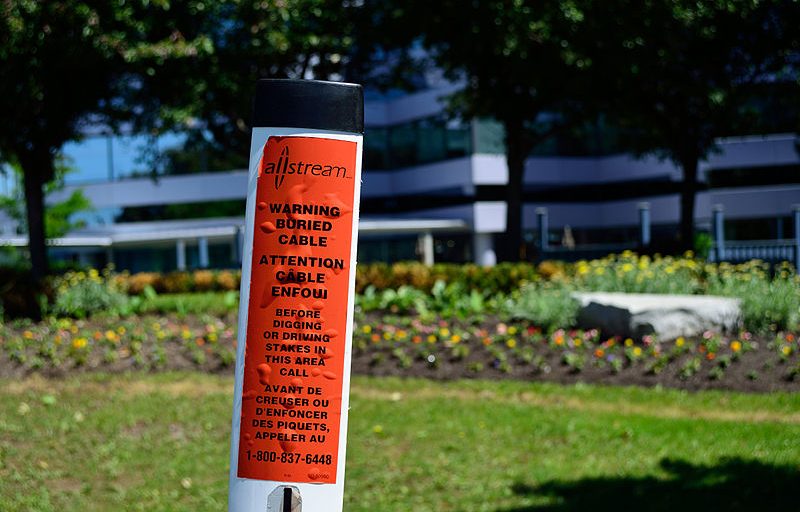How dark fiber can increase the ROI of your county’s internet access upgrade
 Increasing data usage and demands for higher speeds mean many counties are finding they need to upgrade their internet access speeds. While relying on an internet service provider (ISP) is generally the simplest approach, using dark fiber can offer significant cost savings, provide redundancy, and let counties realize a faster return on their upgrade investment.
Increasing data usage and demands for higher speeds mean many counties are finding they need to upgrade their internet access speeds. While relying on an internet service provider (ISP) is generally the simplest approach, using dark fiber can offer significant cost savings, provide redundancy, and let counties realize a faster return on their upgrade investment.
While switching to dark fiber can offer both performance improvement and cost savings, the transition itself amounts to a major overhaul. The best time to consider dark fiber may be when you’ve determined that an upgrade to your data centers or other infrastructure is necessary.
If you do go with dark fiber, you can expect four key improvements over your ISP:
- Physical redundancy: Renting dark fiber lets you run geographically disparate routes. This means that even if construction or roadwork accidentally cuts a primary trunk, your networks can avoid downtime. Installing a dark fiber link to gain redundancy can also be done in addition to an existing ISP connection.
- Significantly faster data speeds: Dark fiber can easily accommodate speeds of 10G and higher. That’s much faster than the 1G circuits that many counties are paying ISPs for.
- Lower monthly costs: In one instance, we saw a county save $7,500 per month over ISP costs, while also enjoying faster speeds. It broke down like this: $10,000 per month to the ISP with 1G speeds versus $2,500 per month to rent two dark fibers with 10G speeds.
- Improved remote workload and data access: Dark fiber networks enable very high-bandwidth and low-latency connections to remote sites, which means more workloads can be handled remotely, which can mean less need for on-premise servers. This can translate to major savings when counties find that they don’t need to upgrade servers and can instead utilize off-site compute resources with low latency.
Of course, these gains can only be realized after the dark fiber network itself is set up – which costs money. One way to save on the setup process is to opt for non-OEM optics equipment. Because of the high OEM markups on optics, choosing brand-equivalent versions can cut costs without compromising performance.
When Is Dark Fiber a Fit?
While dark fiber can offer many benefits, it’s not right for every situation. A dark fiber network may work for you if your county…
- Is in an area where numerous cables are already laid. This usually means areas of greater population density. The cost of laying cable is prohibitive and would likely cancel out any savings dark fiber might offer.
- Has significant bandwidth or low-latency needs. E.g., if your county’s population is large and growing and / or has increasing data demands or applications requiring high bandwidths. This is the case for many counties as new IoT and video applications are driving ever-increasing bandwidth needs.
- Has to work with multiple ISPs to power your data centers. Dealing with multiple providers can be a headache you won’t have to deal with when using dark fiber. Further, dark fiber networks are controlled internally, which means your network engineers can configure it as they see fit.
Still have questions? Get more details about how to know whether you’re ready to deploy a dark fiber network.
Rob Coenen is the vice president of business development at InterOptic, a global independent provider of optics technology. InterOptic helps enterprise companies and government institutions meet increasing bandwidth, complexity, and interoperability demands in their modern IT networks. [email protected].




















